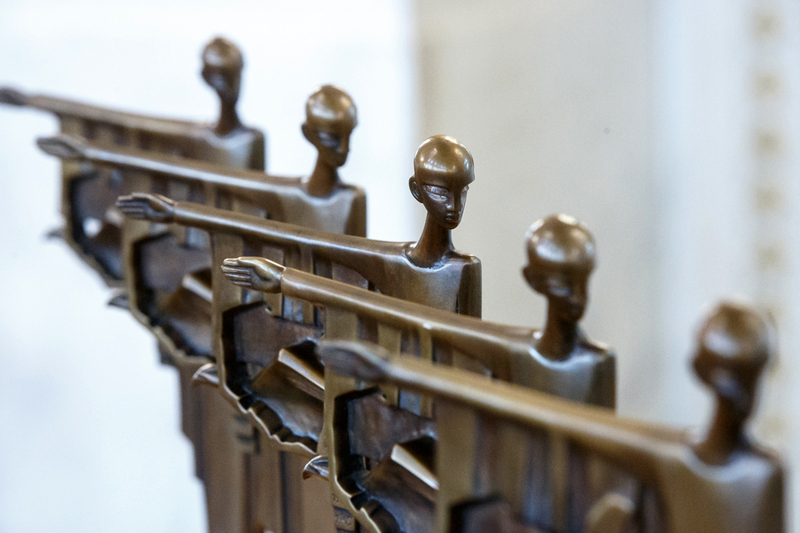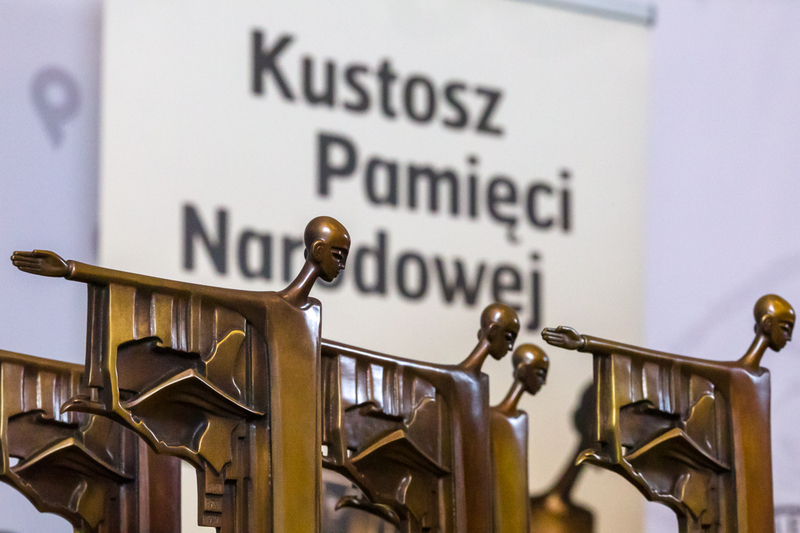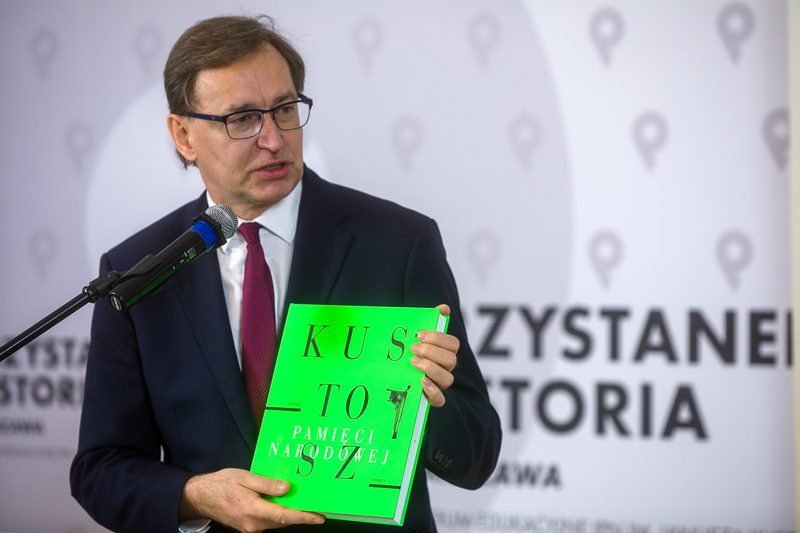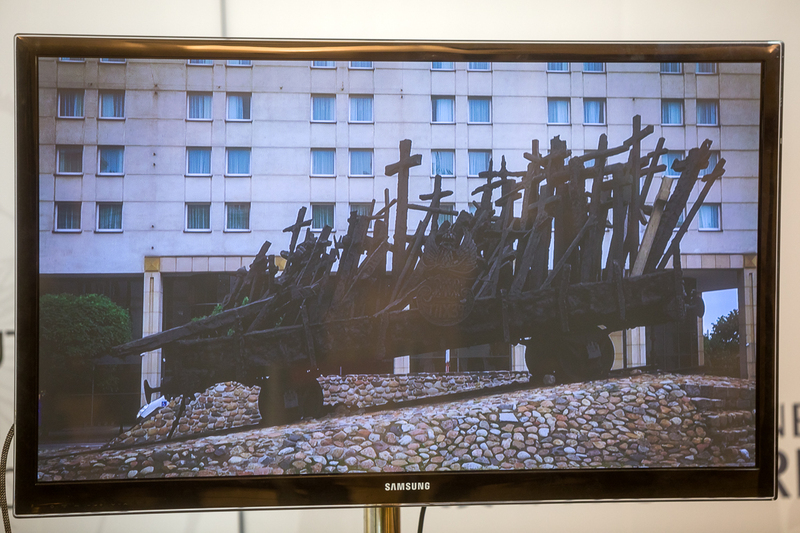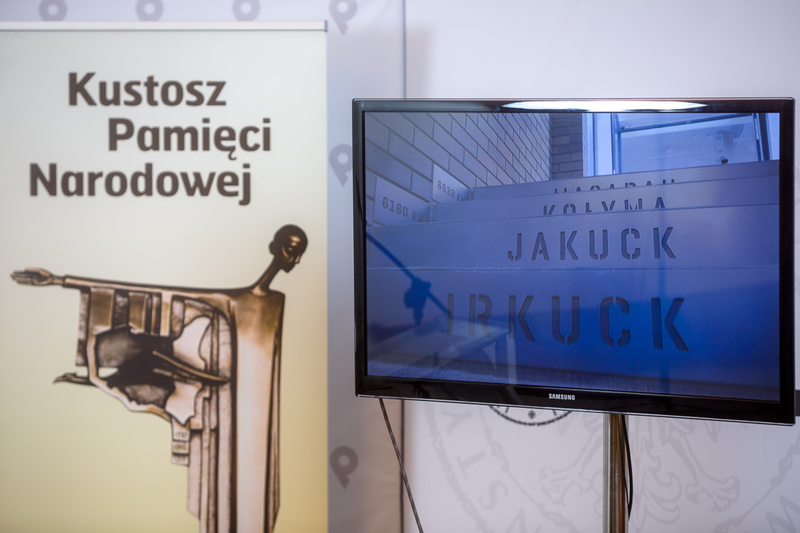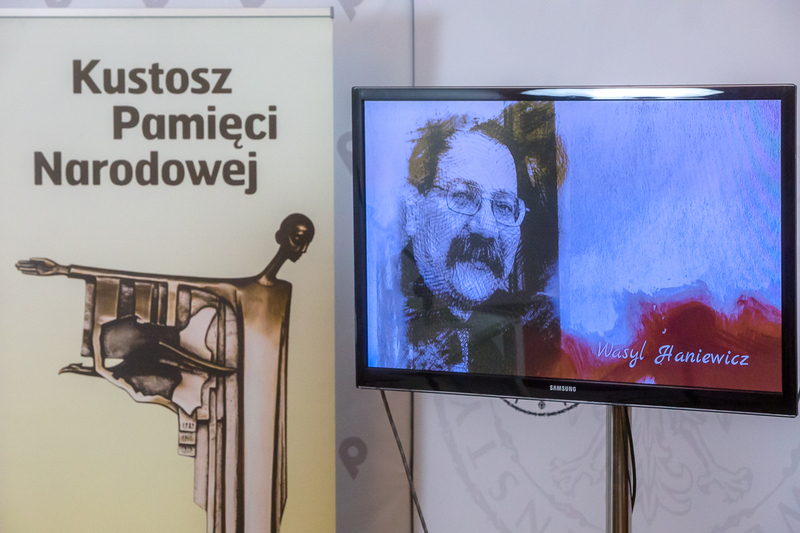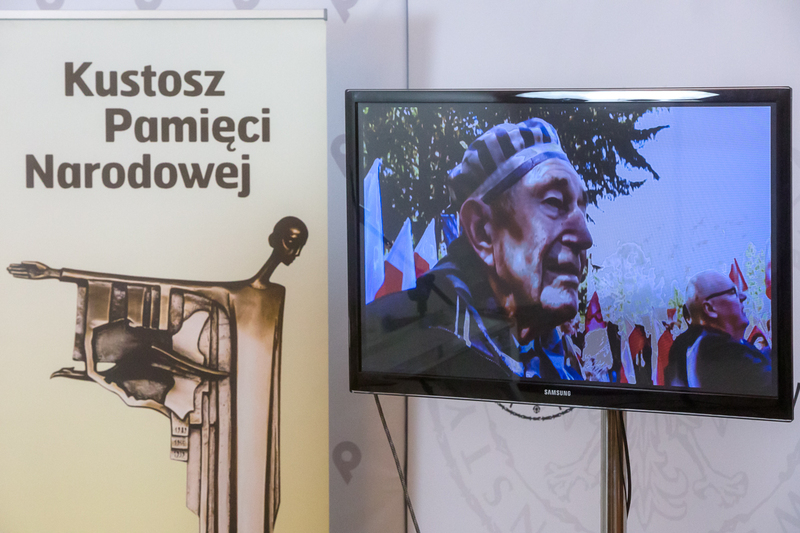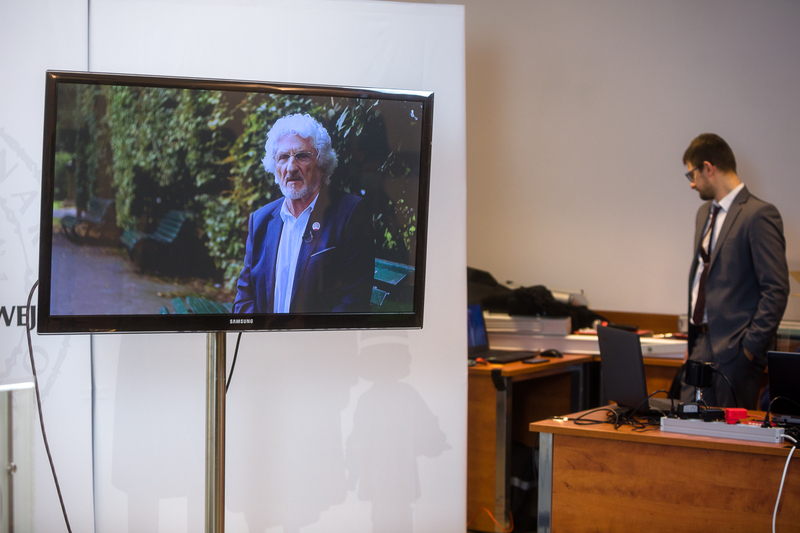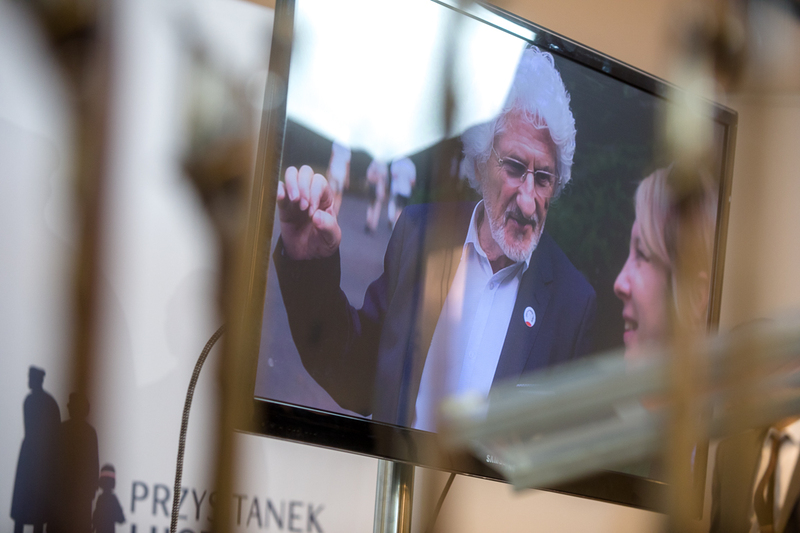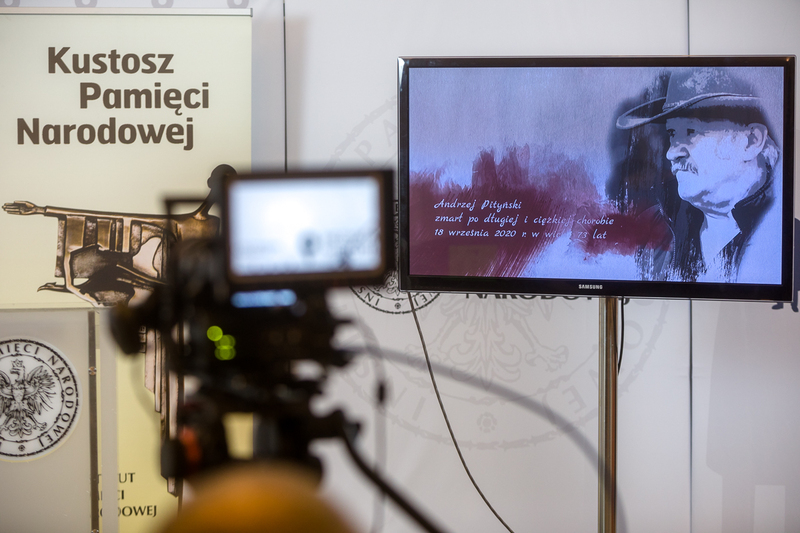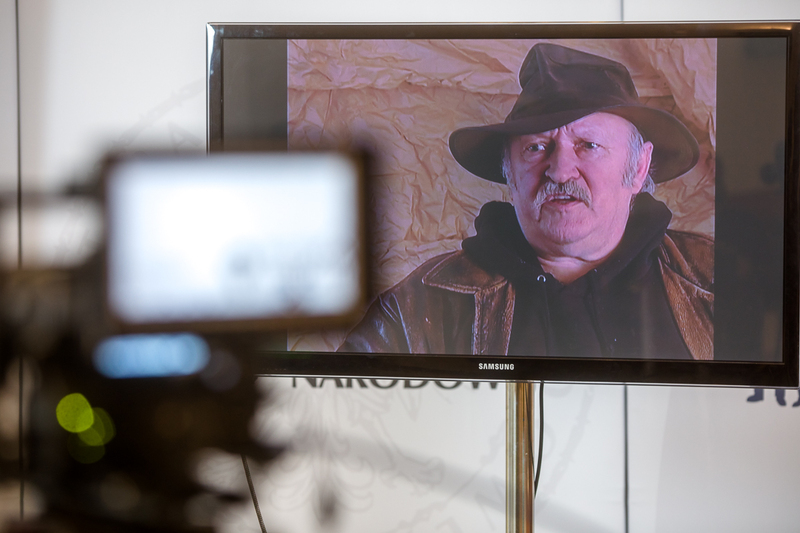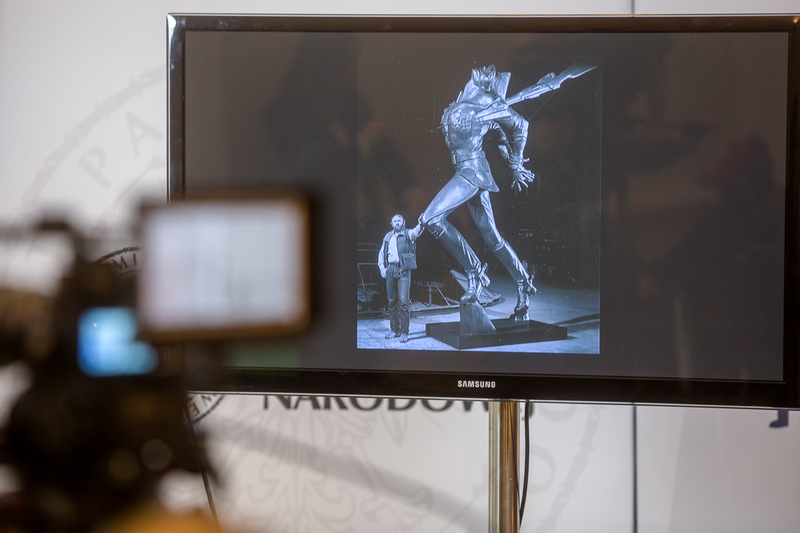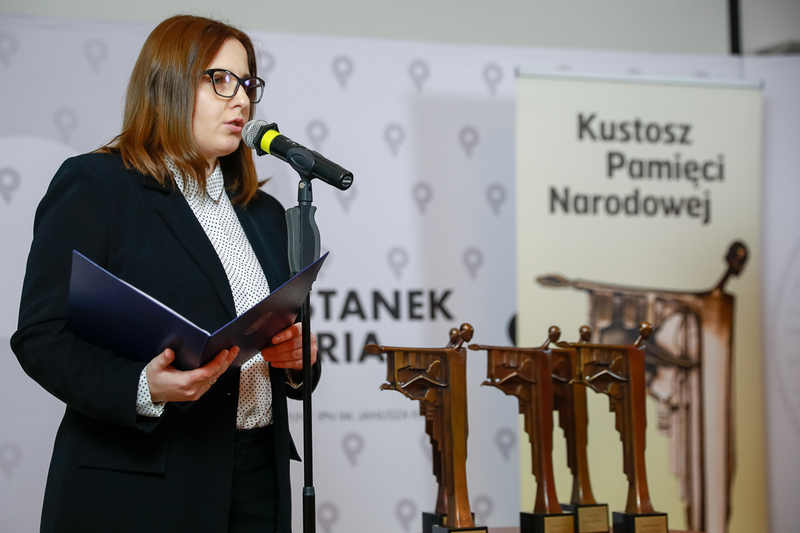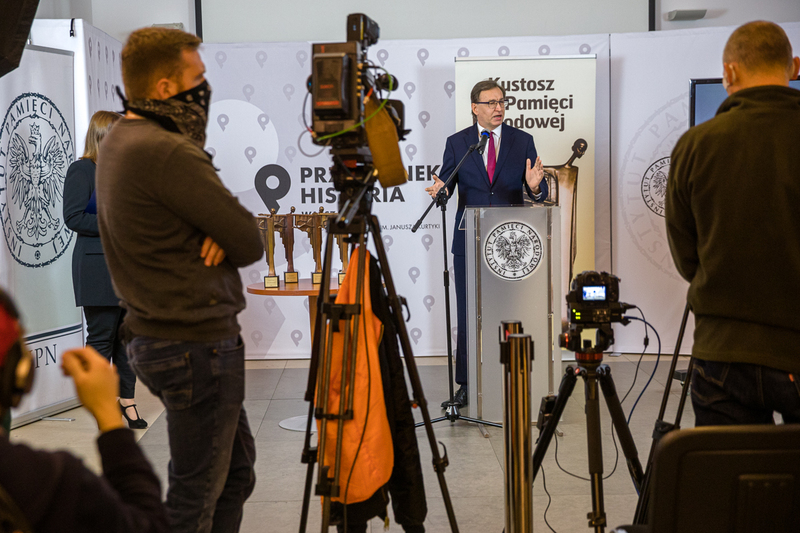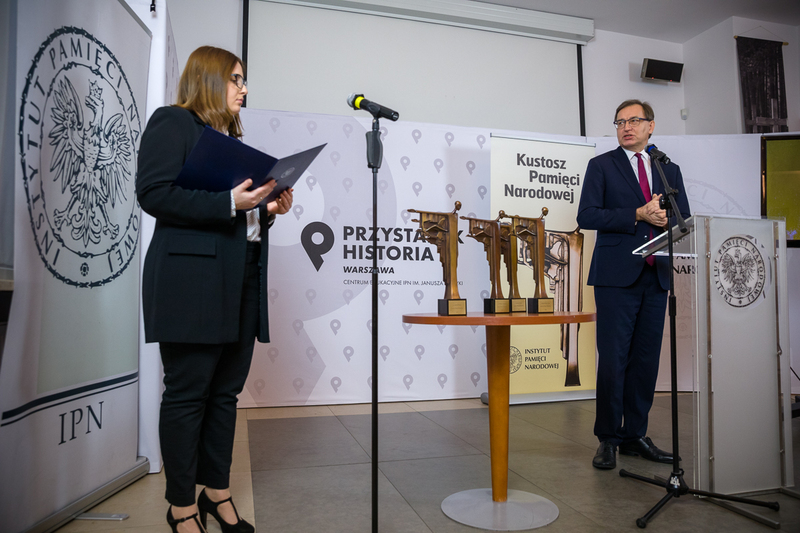Since 2002, the Institute of National Remembrance has been awarding the Custodian of National Memory Prize, initiated by Janusz Kurtyka and his associates from the Cracow branch of the Institute of National Remembrance. The main idea behind it was to restore respect for the nation’s past and protect the values which saw Poland through the years of totalitarian enslavement. The Institute wanted to reward people and organizations that worked to commemorate the national history, their work in line with the statutory goals of the IPN. Primate of the Millennium, Cardinal Stefan Wyszyński, had warned that "a nation without history, without a past, soon becomes a nation without land, a homeless nation, without a future." Therefore, it is our duty to remember our history and to remind it. Custodians of National Memory help us fulfil that duty – and in doing so, they play a very important role in building the foundations of Polish identity, which draws its strength from history and tradition.
A custodian is a guardian and keeper of memory of places, events and people from the past; his job is to collect artifacts and documents, to keep them safe, and to preserve them for future generations. We are all indebted to those guardians of our memory who, sometimes completely on their own, against indifference of others, sometimes repressed by the communist regime, and after 1989 abandoned by the Polish state, kept this priceless deposit of our proud history and our independence safe.
Human memory – often so fragile and fleeting – Is a powerful force capable of preserving the traces of vices and examples of virtue. It is also a glue that shapes the identity of nations. Who would we be today as a nation if it were not for the awareness of the heroism of Captain Pilecki or the sacrifice of Warsaw insurgents? Can we forget about the Volhynian tragedy, about the Katyn massacre, about the Security Services' torture chambers? We do not look back only to nurse fond memories but to better understand the present and to shape the minds of future generations.
In these minds freedom, independence, solidarity, patriotism must be ingrained, as these are the ideas that should be the signpost, Ariadne's thread in the maze of life choices. Examples of heroism and dedication went down in history. The sacrifice of soldiers of the pro-independence underground and the 2nd anti-communist resistance is no longer secret. We know the consequences which the opponents of the communist era faced, and we finally know the names of those who sacrificed their lives for their ideals. And yet, without witnesses of these events, without those who cultivate the memory of the fallen and the murdered, without tireless researchers of history, we would have nothing but shadows of those long-gone heroes.
This year's winners are:
KAZIMIERZ CHOLEWA
In the early 1980s, Kazimierz Cholewa became involved in the activities of the "Solidarity" Independent Self-Governing Trade Union, and was a co-founder of its structures in the Cracow's trade and services sector. After the introduction of the martial law in December 1981, he got involved in the distribution of the underground press. For four years he sat on the City Council, representing the "Solidarity" Citizens’ Committee.
From 1998, as the President of the Henryk Jordan Park Society in Cracow, Kazimierz Cholewa organized patriotic celebrations on the park grounds, preserving the memory of people particularly distinguished in the service of the Polish nation; by creating the Gallery of the Great Poles of the 20th Century, he taught the young generation the love for their country. He wanted schools to take responsibility for monuments, and to see young people look after them and actively participate in the anniversary celebrations. By the end of 2018, 35 monuments had been erected in the Jordan Park. They commemorate Saints John Paul II and Maximilian Kolbe, blessed Fr. Jerzy Popiełuszko, Cardinals Stefan Wyszyński and Adam Sapieha, Bishop Albin Małysiak, Fathers Zdzisław Peszkowski and Władysław Gurgacz, fathers of Polish independence Józef Piłsudski, Ignacy Jan Paderewski, Roman Dmowski, Wincenty Witos, Ignacy Daszyński and Wojciech Korfanty, Generals Władysław Anders, Stanisław Maczek, Józef Haller, Elżbieta Zawacka, Leopold Okulicki, August Emil Fieldorf, Kazimierz Sosnkowski and Stanisław Sosabowski, Colonels Ryszard Kukliński and Łukasz Ciepliński, Majors Zygmunt Szendzielarz and Hieronim Dekutowski, Captain Witold Pilecki, Sergeant Józef Franczak, Danuta Siedzikówna, Maria Skłodowska-Curie, Karolina Lanckorońska, Zofia Kossak-Szczucka, Henryk Sienkiewicz, Zbigniew Herbert and Andrzej Małkowski.
For his contribution to preserving the memory of national heroes, Kazimierz Cholewa has been awarded, among others, the "Pro Patria" Medal, Golden Cross of Merit, Cross of Freedom and Solidarity, and Polonia Rediviva Medal. In 2020, he was honored with the IPN’s Custodian of National Memory Prize.
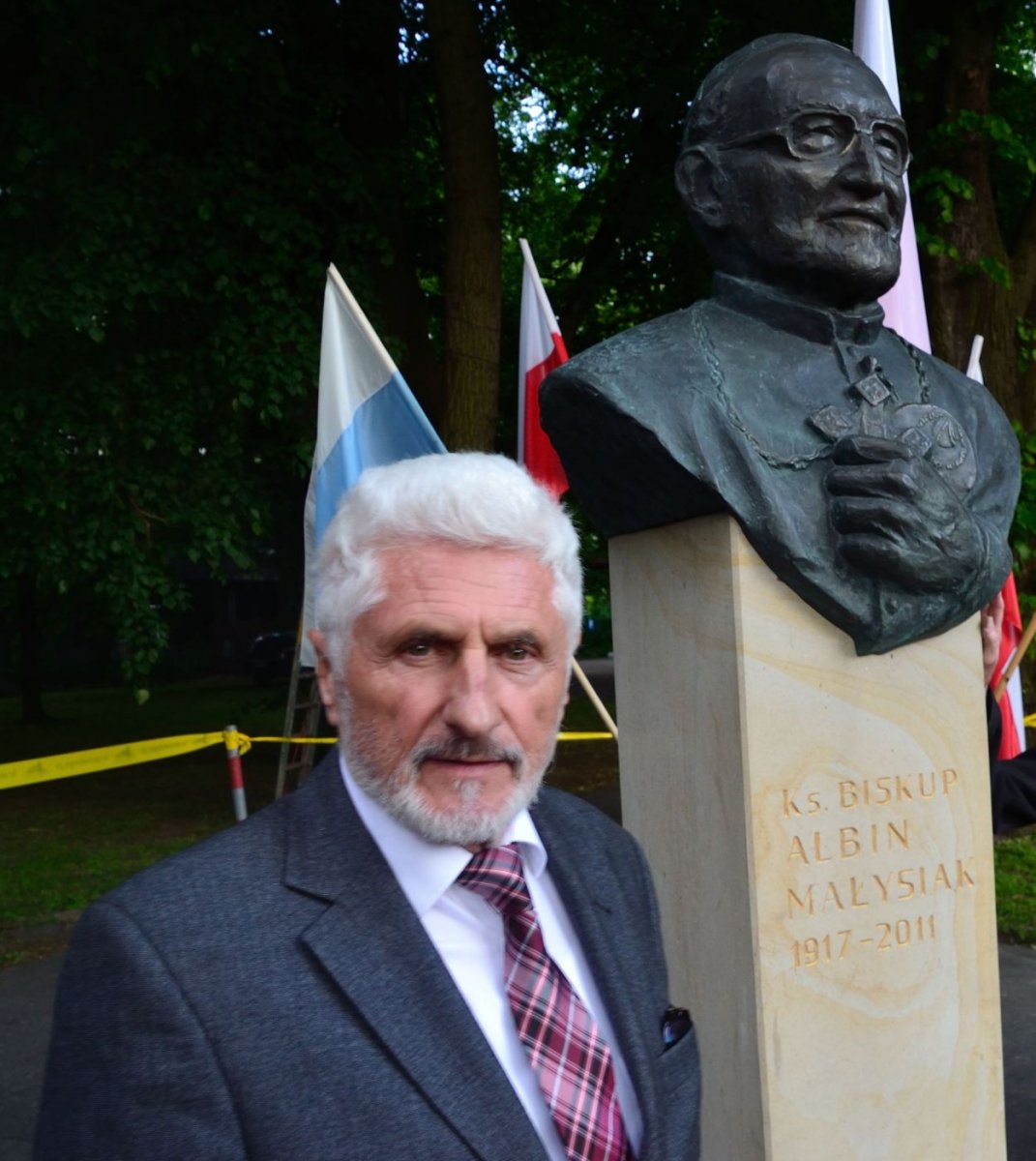
WASYL HANIEWICZ
At the turn of the 1980s and 1990s, Wasyl Haniewicz was the first to describe the fate of the inhabitants of Siberian Białystok, including the circumstances of the NKVD mass murder of all adult men from the village. His historical interests are related to the history of political repression of the Soviet period, the history of the Polish diaspora and the Catholic Church in Siberia. He is the author of books, including Białostocka tragedia. Z historii genocydu Polaków na Syberii [Bialystok tragedy. From the history of the genocide of Poles in Siberia], Syberyjscy księża w latach dwudziestych i trzydziestych. Z historii Kościoła katolickiego na Syberii [Siberian priests in the 1920s and 1930s. From the history of the Catholic Church in Siberia], Z historii polskiej kolonii w Tomsku końca XIX i początku XX wieku [From the history of the Polish colony in Tomsk at the end of the 19th and the beginning of the 20th century], as well as over two hundred works published in Russia, Poland and Belarus. In 2001, he published a listing and the biographies of about 5,000 Poles buried in the no longer existing Catholic cemetery in Tomsk. In the book Polacy w Tomsku (XIX–XX stulecia). Biografie [Poles in Tomsk (19th – 20th centuries). Biographies], he included 545 biographies of Poles and people of Polish descent living in Tomsk, constituting an important part of the city's 400-year history. Many of them contributed significantly to the development of economy, science, culture and education in Tomsk itself , in the Tomsk province, in Siberia and throughout Russia.
Wasyl Haniewicz was a co-founder and employee of the "NKVD Investigative Prison" Museum - a branch of the Museum of Tourism in Tomsk, and until mid-2019 also its director. The museum presents, among others, the fate of Siberian Poles repressed by the Soviets. On the Internet, on the TomskNKVDmuseum profile, Haniewicz publishes information about the fate of the repressed. For many years he has been cooperating with the "Memorial" Association as its representative in Tomsk. He is also a member of the authorities of the "Tomska Polonia" authorities and the Polish "Biały Orzeł" National Center. He helps those searching for information about members of their families repressed during the Soviet era.
For his efforts Wasyl Haniewicz was awarded with the „Custodian of National Memory” Prize in 2020.
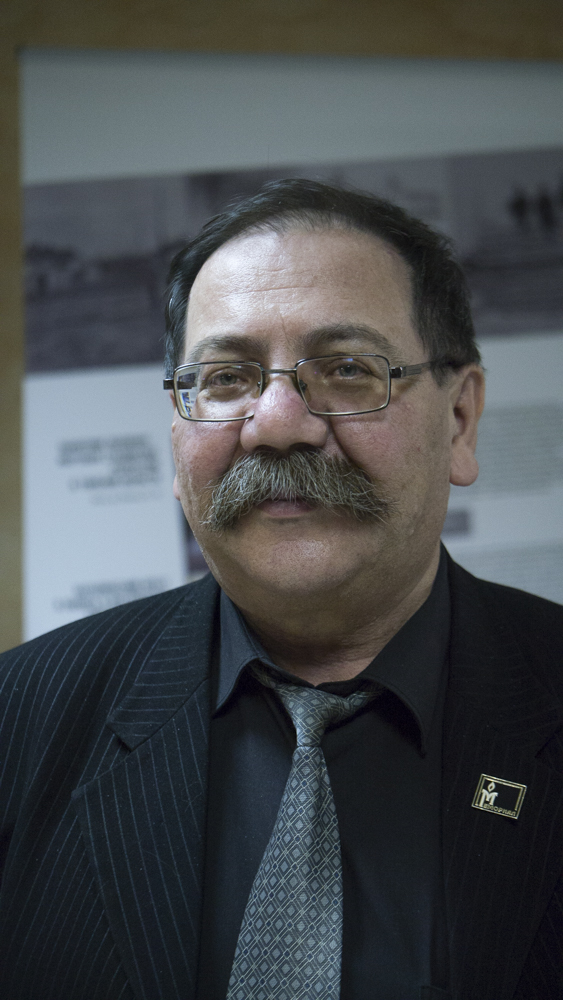
GUSEN MEMORIAL COMMITTEE
In 1979, in the St. Georgen an der Gusen commune, where the German Nazi concentration camp Gusen used to operate, an organization was established whose mission was to preserve the memory of the camp’s victims. The group, founded by local history teacher Martha Gammer, and engineer and history enthusiast Rudolf A. Haunschmied, took the witnesses’ testimonies, released publications, and collected artifacts.
After 1989, it intensified its cooperation with the Polish side, both through the Embassy and the witnesses of history. In 1995, on the members’ initiative, the camp liberation was commemorated for the first time, and thirteen years later, they reorganized into the Gusen Remembrance Committee – Gedenkdienstkomitee Gusen. Chaired by Martha Gammer, with Rudolf A. Haunschmied as her deputy, it currently brings together 16 people from the original formation, as well as a few employees of the local parish. Two of the six-man management team, Julia Mayer and Bernhard Muehleder, work as guides at the Mauthausen Memorial. Honorary members of the Committee include former Gusen prisoners and representatives of their families, former Polish ambassadors in Austria, representatives of the local authorities, the clergy and international scholars.
The Committee promotes the memory of tens of thousands of victims of the system of former German Nazi concentration camps Gusen I, II and III, supports the survivors, conducts research and teaching, and collects and makes available historical sources. It also organizes school trips, publishes extensively, and organizes anniversary celebrations. In 2020, on the 75th anniversary of the liberation of the Gusen German Nazi concentration camp, the Gusen Memorial Committee was honored with the "Custodian of National Remembrance" Award.
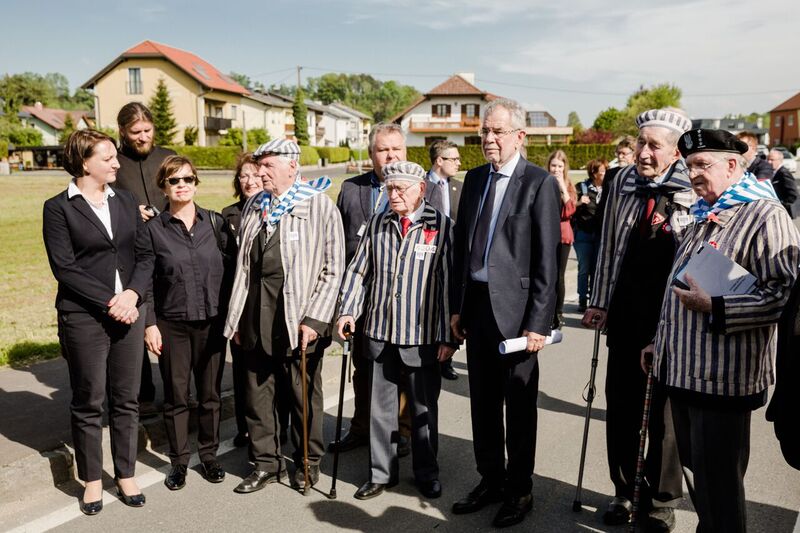
ANDRZEJ PITYŃSKI
Andrzej Pityński was born on 15 March 1947 in Ulanów in southeastern Poland. His grandfather was a raftsman, and his parents were soldiers of the pro-independence underground - the National Military Organization, then the National Military Union. Aleksander Pityński, aka "Kula" and Stefania née Krupa aka "Perełka" met during the occupation of Poland. His father took part in the battle of Kuryłówka - one of the biggest battles of Polish partisans against the NKVD troops, on 7 May 1945. He was imprisoned in Nisko and at the Rzeszów Castle for a year. Andrzej's uncle, Michał Krupa aka "„Pułkownik”, "Wierzba", who remained in hiding until 1959, left the communist prison in 1965. The Pityński family was persecuted by the security services (surveillance, beatings, house invasions, and searches).
In 1967, Andrzej Pityński moved to Cracow where he started studies at the Academy of Fine Arts. His first sculpture was the bust of Ignacy Paderewski, now standing in front of the Collegium Paderevianum in Cracow. In 1974 he moved to the United States and continued his education at the Arts Students League in New York. He later went on to educate students from around the world as a professor of sculpture at the Johnson Atelier Technical Institute of Sculpture in Mercerville.
One of Pityński's most outstanding works is the Katyn Monument in New Jersey depicting a soldier pierced by a bayonet, which gained recognition during the struggle for his preservation on the Jersey City waterfront. It is one of the first monuments in the world (completed in 1986) dedicated to the Katyn Massacre. “Made of bronze and granite, with an urn containing the ashes of [...] Polish officers murdered in Soviet camps, it has become the conscience of the world. [...]In this monument, the realism of history intertwines with the symbolism of sculpture. The artist has consciously created a composition which is simple in form and universal. It consistent with historical facts, confirmed by documents, which mention shooting the victims in the back of the head and stabbing them with bayonets" wrote Irena Grzesiuk-Olszewska and Andrzej K. Olszewski. For the sculptor, the monument is a symbol of the extermination of the young generation, also constituting a warning against communism for future generations.
The sculptor also created a monumental statue of the Avenger, also known as the Hussar, in "American Częstochowa", i.e. Doylestown, Pennsylvania (1988), and the Boston Partisan Monument, the National Katyn Memorial in Baltimore, which is the largest bronze monument in the United States, and the Haller Monument in Warsaw's Żoliborz district, as well as the Monument to the Volhynia Massacre, the bust of General Władysław Anders and many others."In recognition of his outstanding contribution to the popularization and popularization of the history of the Polish independence act, for outstanding achievements in sculpture, activity in the Polish diaspora and promoting Polishness" Andrzej Pityński was awarded the Order of the White Eagle on 11 November 2017 by the President of the Republic of Poland Andrzej Duda. In 2020, he was honored with the "Custodian of National Memory" Prize.
Andrzej Pityński died on 18 September 2020 at the age of 73.
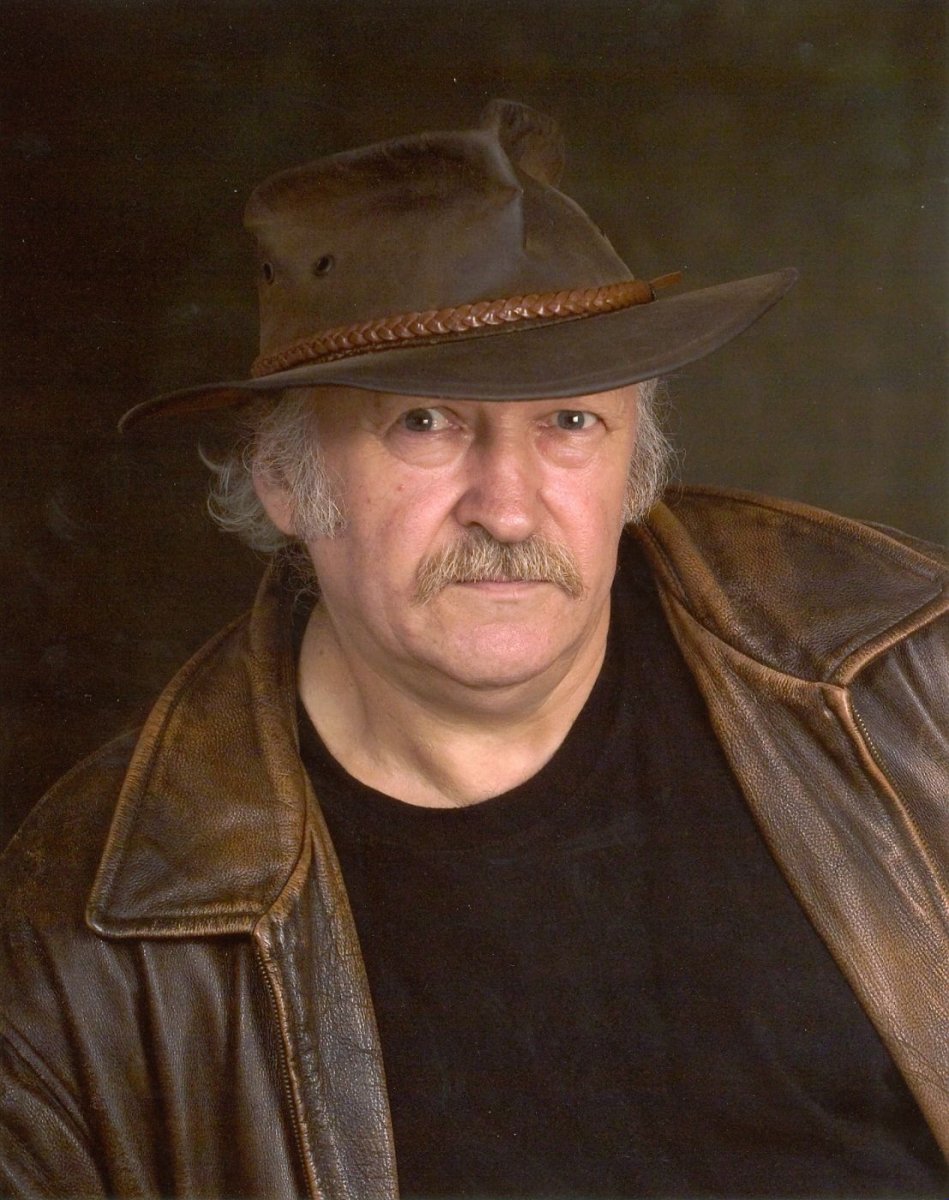
WOJCIECH ZIEMBIŃSKI (POST MORTEM PRIZE)
Wojciech Ziembiński was born on 22 March 1925 in Gniew. During the German occupation of Poland, he participated in the pro-independence underground movement, was arrested by the Germans, imprisoned in Karlsruhe and sentenced to forced labor. In 1945 he made his way to Great Britain and joined the Polish Armed Forces in the West. After returning to Poland, he worked in the "Czytelnik" Publishing House, from which he was fired for refusing to honour the death of Joseph Stalin. He was involved in the establishment of the independent veterans' movement, associations for helping prisoners as well as organizations opposing the death penalty. Wojciech Ziembiński made great attempts to pass on full historical knowledge to the young generation, including information which was deliberately left out of school curricula. In 1971 in Pisz, he received a suspended sentence of one year’s imprisonment after giving a lecture during which he argued that the Treaty of Riga was still in force with regard to Poland's Eastern borders. He believed that history and faithfulness to tradition play a fundamental role in the life of a nation, and that knowledge of one’s own history is of decisive importance for preserving national identity. Therefore, he consistently acted to preserve the memory of the events and figures related to the fight for independence and the martyrdom of the Polish nation, which were deliberately omitted or forgotten about during the communist period. The idea of independence played a key role in his worldview. Ziembiński was an ardent admirer of Józef Piłsudski and his political camp.
Since the 1960s, Ziembiński had played an important role in veterans' circles. He became the secretary of the Seniorate of the Polish Army - an informal council of the most senior officers of the Second Republic of Poland. Thanks to him, legendary generals of free Poland, such as Roman Abraham or Mieczysław Boruta-Spiechowicz, came to Częstochowa for masses in honour of the Defenders of Honor and the Motherland. Ziembiński organized Holy Masses for the intention of Józef Piłsudski, Edward Śmigły-Rydz and the leaders of the Polish Underground State. He was a member of the editorial board of "Opinion" – the leading journal associated with the Movement for Defence of Human and Civic Rights – ROPCiO, also authoring a permanent column of historical journalism entitled “Z kalendarza Polaka” [From the calendar of a Pole]. He was one of the main organizers of patriotic demonstrations in Warsaw, commemorating the most significant anniversaries in the modern history of Poland. The first demonstration was organized on the 60th anniversary of Poland regaining its independence – 11 November 1978. After the mass which took place in St. John's Archcathedral in Warsaw, a procession of about 2,000 people went on to lay wreaths at the Tomb of the Unknown Soldier. According to the organizers, the demonstration, which took place a year later, on 11 November 1979, gathered nearly five thousand people. Ziembiński was among the four people convicted in connection with this event.
He was imprisoned for a month and a half. He was arrested again on 12 November 1980, after organizing a patriotic demonstration the day before. He regained his freedom on 13 March 1981, and on November 11 of the same year he again headed the patriotic assembly. Once again, an important place in Wojciech Ziembiński's activity was occupied by issues related to the Katyn Massacre and the fate of Poles in the East. In 1984, he funded the Cross to the Fallen in the East, placed on the wall of St. Charles Borromeo in Warsaw's Powązki Cemetery. This led to the establishment of a Sanctuary for the Fallen and Murdered in the East. He was one of the co-founders of the Independent Historical Committee for the Investigation of the Katyn Massacre. In the years 1993–2000 he was active in the Polish Katyn Foundation and was the chairman of the Foundation Council. He also participated in the construction of the Monument to the Fallen and Murdered in the East and its unveiling on 17 September 1995 in Warsaw.
Wojciech Ziembiński died on 13 January 2001 in Warsaw. On the basis of his life and achievement a documentary film entitled Był taki ktoś was made. On the 30th anniversary of the establishment of the KOR, he was posthumously awarded with the Grand Cross of the Order of Polonia Restituta "for outstanding service for the independence of the Republic of Poland and democratic changes in the country". In 2020, he was honored with the IPN’s "Custodian of National Memory"Prize.
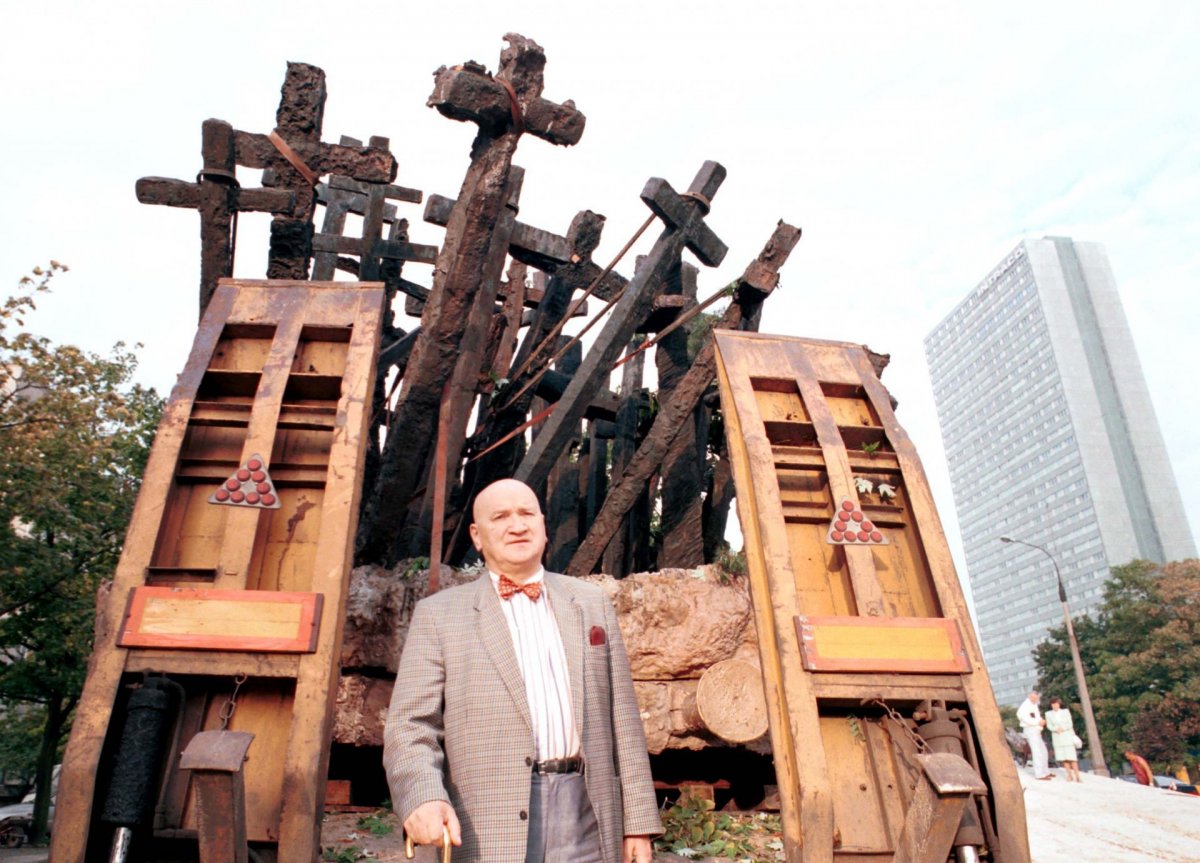
The announcement of the names of this year's laureates was accompanied by the presentation of an album containing the biographies of all of the previous winners. Its English-language version is to be released shortly.
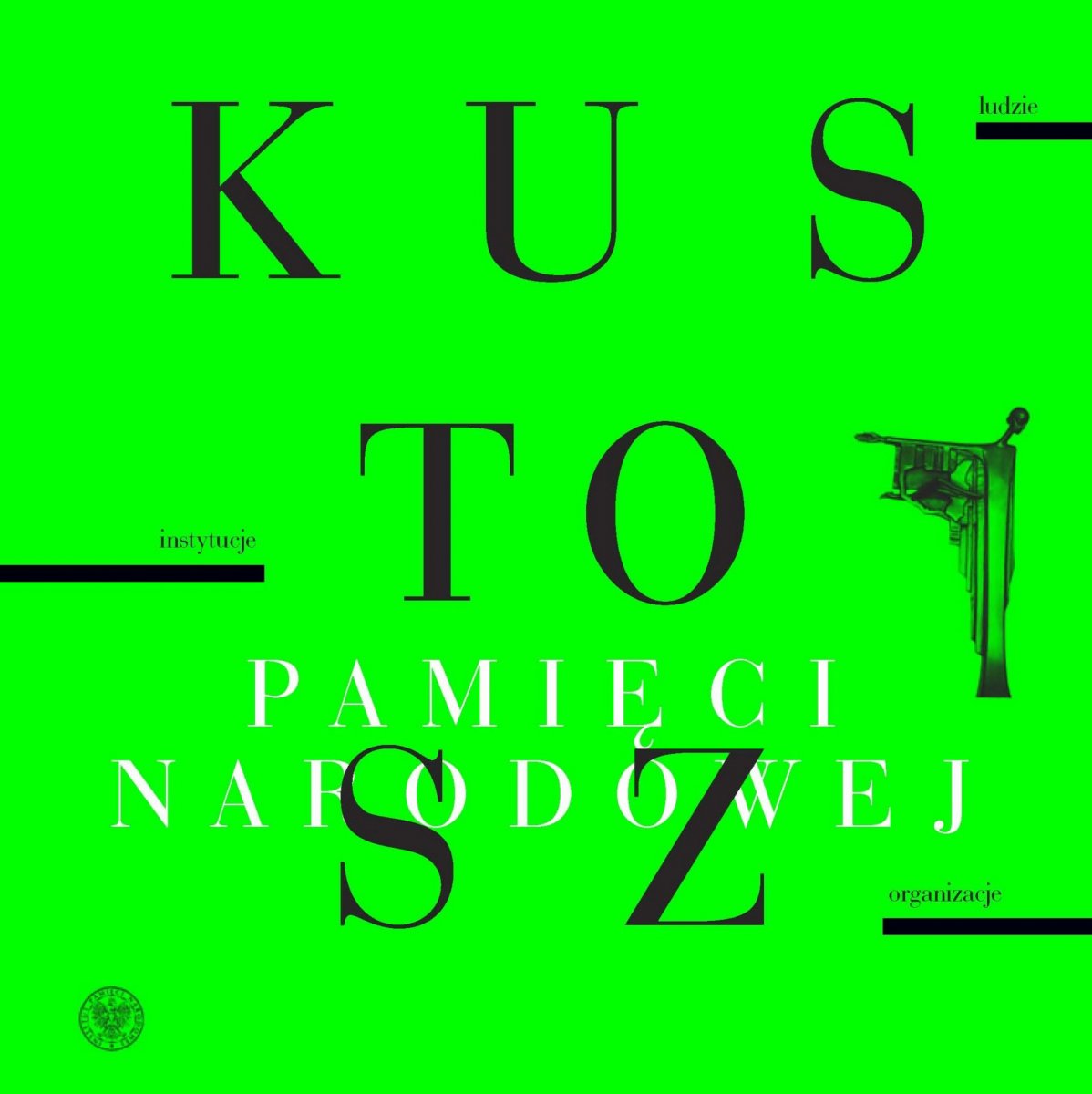
Unfortunately, due to the restrictions related to the Covid-19 epidemic, a gala event with the participation of the laureates was not possible. The names of the winners and their achievements were, however, presented during an on-line press conference broadcast on the IPNtv channel:
